View this email in your browser

Knee Ability ZeroTHE PICTURE BOOK
{Author's Note: Go for it! Feel free to share this with anyone you know who coulduse it. My aim is for your ATG membership to be the best value you'veever received in fitness. The world kneeds these solutions, and those like you,who want full mastery and coaching, have been instrumental with your support.Rather than forcing you to remake all this on your own, think of my knowledge asyour knowledge. Just as I've changed over a thousand lives, I hope you changea thousand more...}
INTROI can still remember being 4 years old and telling my best friend I was going to save upfor a Michael Jordan rookie card. I worked odd jobs, saved every penny, and at age 6 Idid it: I bought a Michael Jordan rookie card for one thousand dollars. I had no interest
in toys: just Jordan.
First thing after waking up each day, I raced to the couch to turn on the TV, but not towatch cartoons...
(From the 1990 video "NBA Superstars")
An F-16 Fighting Falcon appears on the screen.
Michael Jordan enters the tunnel into the arena.
The F-16 approaches the runway, then Jordan steps onto the court.The F-16 begins accelerating for takeoff, and Jordan begins dribbling down the court.
The F-16 gets faster. Jordan gets faster! F-16 - Jordan! Back and forth they go, till theF-16 lifts off and Jordan soars into the air for a dunk!Berlin's "Take My Breath Away" begins to play, and slow motion highlights of MichaelJordan ensue.
Many hours a day I practiced these dunks on my Little Tike hoop in the garage. By age9 I was waking up at 5am to do vertical jump programs before school. Thousands ofnights I dreamed of dunking like Michael Jordan. Not once did I dream of lying halfnaked on an operating table as doctors used markers to draw where they were going tocut me open.
Chronic knee pain secretly dominated my life starting at age 12. I remember during afire drill at school, being worried that if a real fire broke out, I'd be the last one out,because unless I was warmed up, I couldn't even run, and I had to go up and down SubscribePast Issues stairs very slowly to avoid the pain. Translate

By 14 it was not so secret: my teammates and coaches nicknamed me "Old Man"because my knees were so stiff. I finished high school with scars on my knee, not evenclose to dunking a basketball, and with no college coaches interested in giving me ascholarship.
I recall the moment it hit home that my dream of being a basketball player had notsucceeded. I had a real decision to make: What would I do with my life now? Would Ichoose a logical career and forget basketball, or would I devote my existence tofiguring out how to bulletproof my knees?
I chose the latter, and began painting walls during the day to make money, while Istudied and experimented with how to fix my knees.
A year went by with no results. In fact, I was certain I needed another surgery when aspark of truth finally presented itself...
"The athlete whose knees can go
farthest and
strongest over his or her toes is themost protected."
Everything I had been taught up to this point by dozens of trainers and physicaltherapists was very clear: NO KNEES OVER TOES - but when I read this statement, Iimmediately knew it was true.
I scrambled on the internet looking for examples of this, and the first video footage Ifound was from Australian Strength Coach Keegan Smith, a student of Charles Poliquin.
I became a student of Charles myself, and learned enough to get my knees to the pointwhere I could play basketball with manageable pain. At age 21, I beat the odds andsigned a college basketball scholarship with an up-and-coming coach named JeremyShulman. He was the only coach who gave me a shot, and I repaid him by becoming
the starting point guard for his team and helping him win two straight conferencechampionships. At age 23, I received a full-ride scholarship offer from Boston University.From unrecruited in high school, to Division 1 scholarship, local kids back home werereaching out to have me train them whenever I was in town: no one had ever heard ofsuch a story, and people wanted to know how I had pulled it off.
Little did I know, the NCAA rule only allowed 5 years of eligibility to play sports aftergraduating high school, and my time was up. I assembled all my medical records, andBoston University appealed the ruling, but once again I was denied. It was suggested
that I get a lawyer and fight the decision in time for the start of the season, but Iknew it was meant to be: my purpose was to follow the clues I learned from CharlesPoliquin, and see what I could achieve with knees over toes.
Fast forward to today, and at 29 years old I have the abilities I always dreamed of: Ican DUNK, and not just a little bit: I've now trained many NBA players, and my style ofon-court training involves playing against them one-on-one, followed by working ondunking ability.
It is still surreal for me, as a 6'1 guy who grew up unable to grab the rim, to teach6'6"+ NBA players how to improve their dunks, and physically demonstrating the precisenext dunk which would improve their game but which they cannot do yet, thanks to the
system of knee training you are about to learn...
KNEE ABILITY ZEROKnee Ability "Zero" is a program which requires zero weights, zero equipment, and zerospecial abilities to start. You can read, study the pictures, and follow right along! I willteach you how to perform each exercise with written explanation and visualdemonstration. You will do the exercise, then come back to your book and read the"Why" behind the exercise. I will even give your exact sets, reps, and schedule, everystep of the way through this book...
STEP 1: THE TIBIALIS RAISEYour tibialis muscle is on the front of your lower leg. It acts both to flex your toes up,and to decelerate your foot when you walk, stop running, jump, etc., which you will seeexamples of when you get to the "Why" section for this exercise:

HOW
Find a wall and make sure you have safe footing (no socks or slippery floor).
Put your butt against the wall, and stand out a comfortable distance, with your legsstraight:

Now, without letting your knees bend, flex your toes up and hold the top position for 2seconds before lowering back down: SubscribePast Issues

Translate

To make the exercise easier, simply stand closer to the wall:

To make the exercise harder, stand farther from the wall:

Perform 25 consecutive reps, pausing 2 seconds at the top of each rep, and 2 secondsat the bottom of each rep, monitoring difficulty as you go. You may need to standcloser to the wall as your muscles burn out, or farther from the wall if you are feeling
Next page


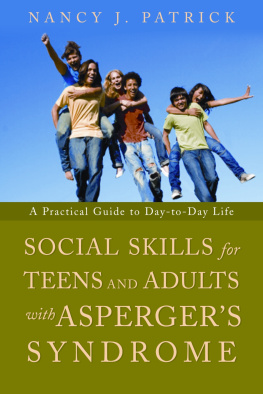
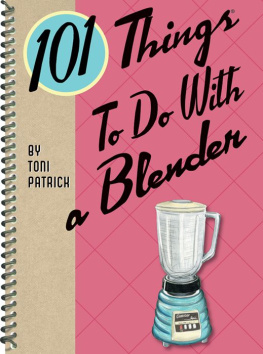

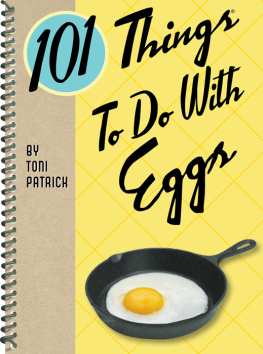
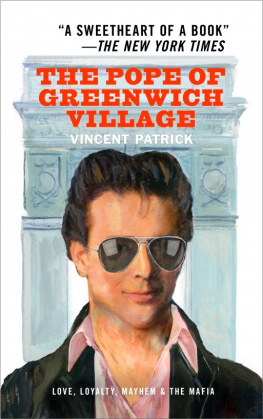

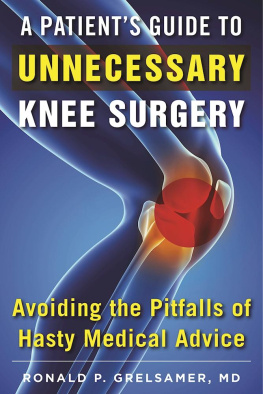
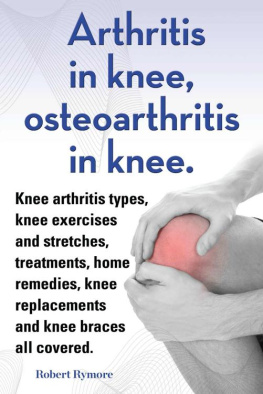
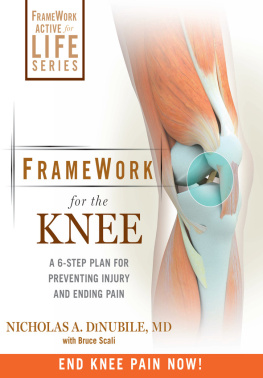
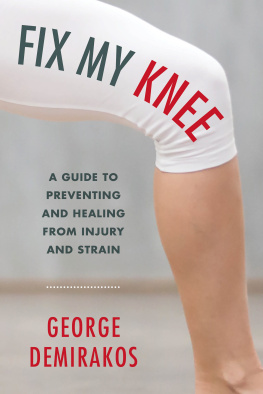
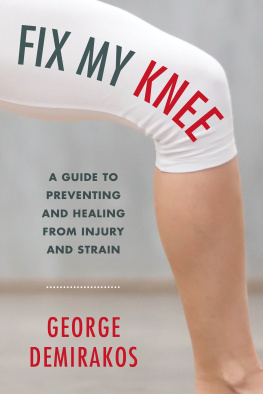




 Now, without letting your knees bend, flex your toes up and hold the top position for 2seconds before lowering back down: SubscribePast Issues
Now, without letting your knees bend, flex your toes up and hold the top position for 2seconds before lowering back down: SubscribePast Issues  Translate
Translate  To make the exercise easier, simply stand closer to the wall:
To make the exercise easier, simply stand closer to the wall:  To make the exercise harder, stand farther from the wall:
To make the exercise harder, stand farther from the wall: 